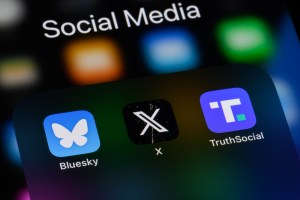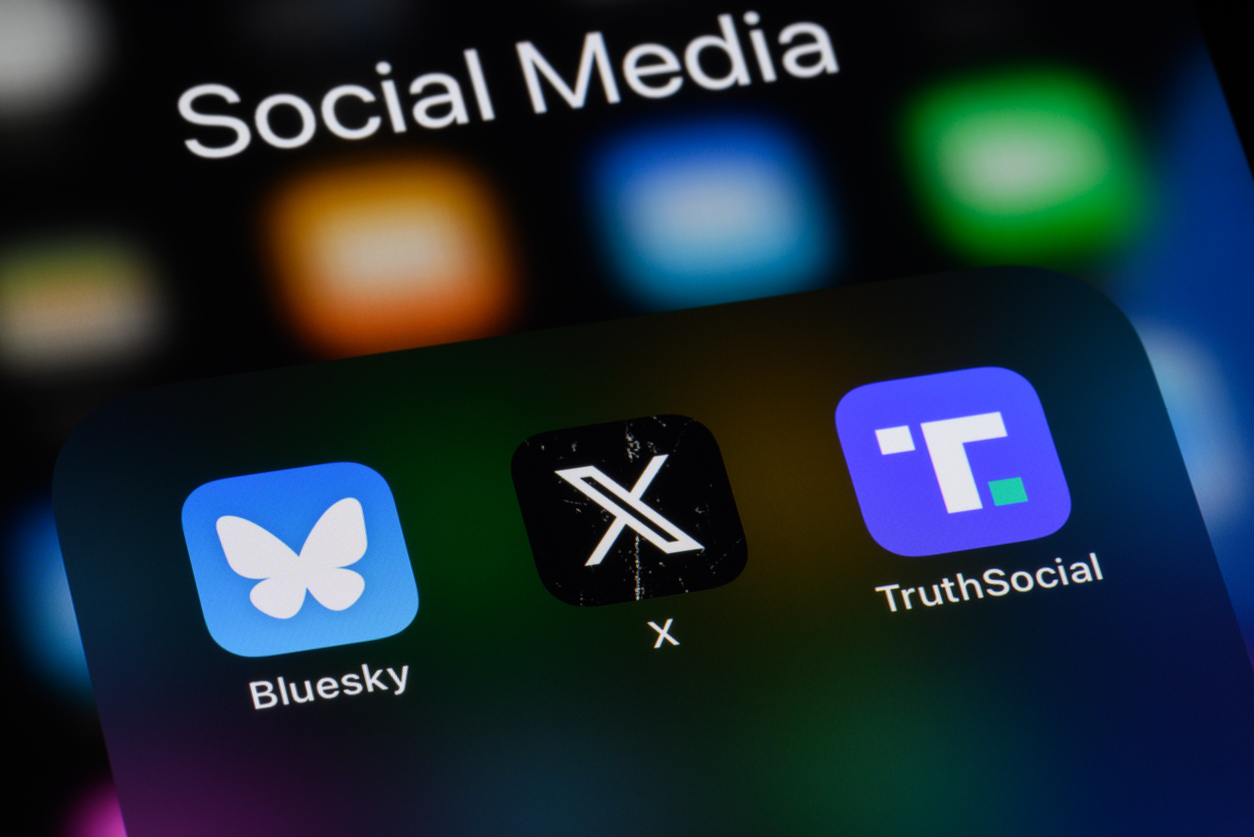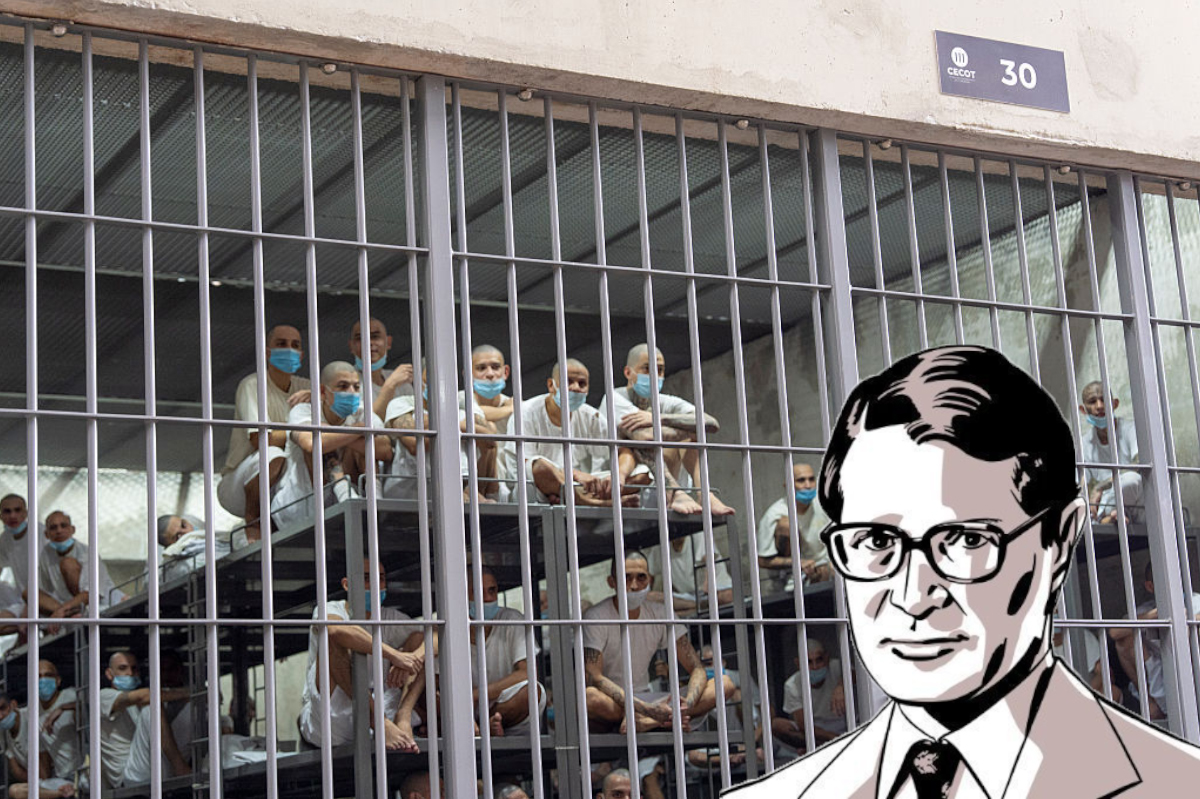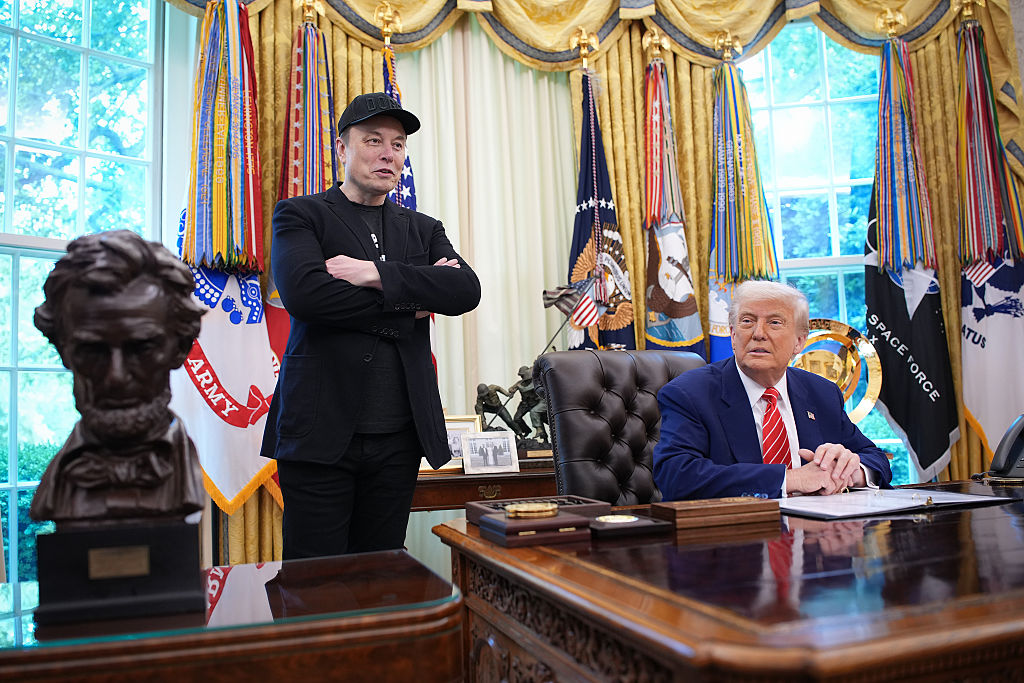If you’ve spent any time in the land of online controversies this week, you may have heard that Ellie Kemper, the effervescent star of Netflix’s Unbreakable Kimmy Schmidt, is in some scandalous trouble.
‘Oh great, Ellie Kemper is yet another rich white celebrity with a racist past,’ reads a headline at the AV Club, while Page Six crows, ‘Ellie Kemper once crowned queen at ball allegedly linked to white supremacy.’ The outrage stemmed from photos of the 41-year-old actress as a teenage debutante in 1999, when she participated in a debutante ball in her hometown of St Louis, Missouri — an event rendered automatically suspect to a certain subset of internet users given its location in a city below the Mason-Dixon Line. You’d have to read carefully to understand that Kemper isn’t actually accused of racism, per se, or that the balls in question hosted black members and debutants beginning in the 1970s — but the thing about these controversies is that nobody ever does read carefully, or at all. The outrage travels best when people don’t have the faintest idea what they’re outraged about, only that it must be bad. Otherwise, why would they know about it?
Of course, stories like this are a dime a dozen, a monster created by the take economy that is slowly eating journalism alive. They’re like narrative mayflies, with a life cycle that begins on social media and ends as a one-line ‘Controversy’ subhed on someone’s Wikipedia page, helped along by writers who know a good piece of ephemeral clickbait when they see it.
It was Ellie Kemper this time; next time, it’ll be someone else.
What matters is not the details of these stories, the illiterate idiot’s game of internet telephone by which a normal American woman is suddenly accused of having been a ‘KKK princess’. What matters is the familiar shape they take and the familiar source from whence they spring.
What matters is the Twitter sidebar.
Every Twitter user who visits the website is greeted by a list of links, which appear in a sidebar under the headline, ‘What’s happening’. The items on the list are a mixed bag of paid promotions, viral fodder and hot-button politics or pop-culture topics — but what’s important is that they are curated by Twitter independently of what’s actually trending on the website. (For instance: as I’m writing this article, the most-discussed Twitter topics in the NYC Metro area, according to a third-party aggregator, are the LA Lakers, a bunch of banal motivational hashtags like #wednesdaywisdom and #humpday and the recent FOIA release of Anthony Fauci’s emails. Meanwhile, my ‘What’s happening’ sidebar is the Fauci emails, a link to an interview with Kate Winslet, and ‘Tucker’, because someone with a significant following on Media Twitter is mad at Tucker Carlson. Again.) ‘What’s happening’ in your sidebar is not, for the most part, what is actually happening on Twitter. It’s more like what Twitter wants to make happen, by making you curious enough to click.
Last month, the words ‘Fartlow’ or ‘Eve Fartlow’ appeared in the trending topics sidebar for a full 24 hours. The source was a bizarre, juvenile bullying campaign against journalist Eve Barlow, which had been percolating under the radar for several days but gained viral traction after actor Seth Rogen, who has 9.1 million followers on the platform, amplified it by tweeting a fart emoji at her. The trollng stemmed from an essay Barlow had written about the Israel-Palestine conflict that some people found offensive, but this wasn’t readily apparent if you clicked the ‘Fartlow’ link in the sidebar, which led to a bunch of mean-spirited tweets about Barlow but not to her profile or her work — because these things were, in fact, irrelevant. As with Ellie Kemper, the story wasn’t what Barlow did; the story was that someone was mad at her — and the site’s editorial team knew that amplifying those tweets would keep users clicking and scrolling.
Orwellian dystopian analogies come pretty cheap these days, but this one is too obvious not to point out — only instead of Two Minutes Hate, it’s a 24-hour buffet. Twitter’s sidebar points to people who have been declared fair game for punching and the mob gleefully piles on. It’s not just that these stories are born on the website; it’s that Twitter actively nurtures them, promotes them and throws their scapegoats to the wolves. For a platform that likes to style itself as a place that takes harassment and abuse seriously, it’s especially ironic: Twitter will protect certain high-profile users who complain about abuse, but it also foments drama on purpose and by design, like the high-school teacher who plays favorites with the cool kids and always happens to be looking the other way when some unpopular schlub is being tormented right under his nose.
There’s an oft-cited study about Twitter trends in which researchers found that negativity is the key to going viral, but the truth, which most users understand intuitively, is more nuanced: the best way to drive engagement is to give people an excuse to be cruel. And that ‘What’s happening’ sidebar? It’s not just a list of topics. Sometimes, it’s a list of targets.

























